Companion Planting: Growing Peppers and Cucumbers Together
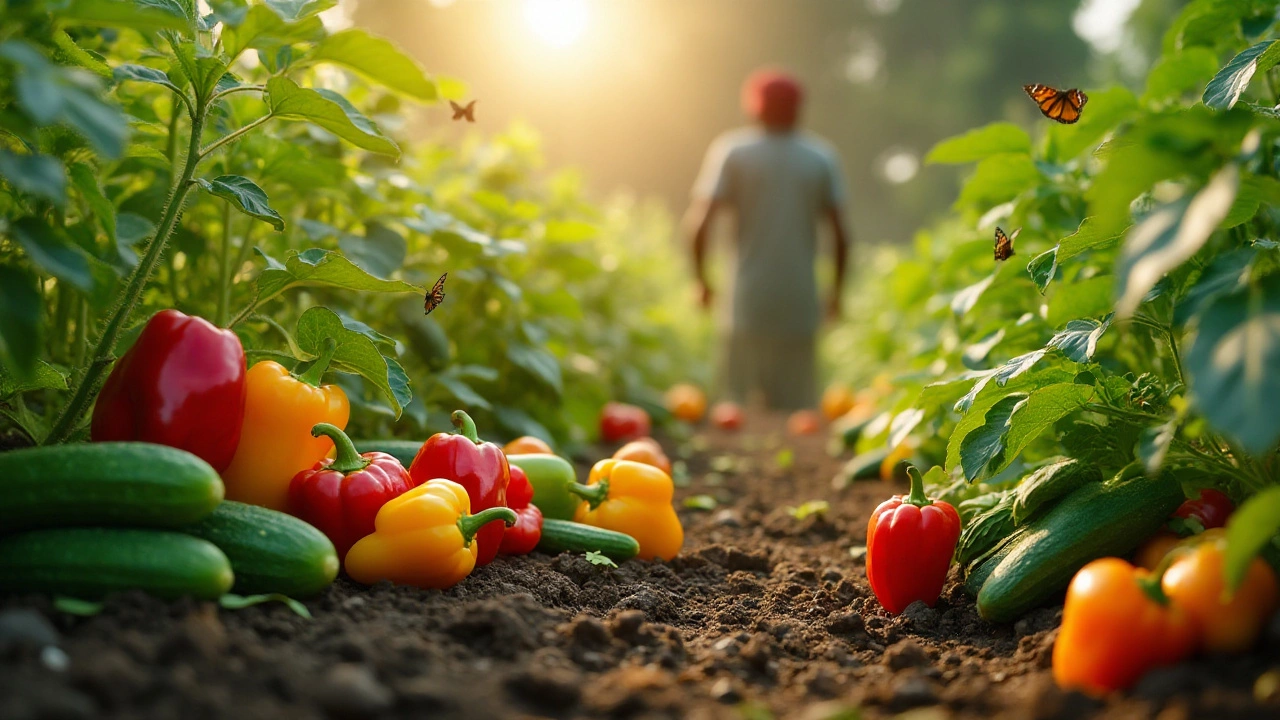
Companion Planting: Growing Peppers and Cucumbers Together
In the world of gardening, where every inch of soil counts, the idea of growing peppers and cucumbers together might just be a match made in plant heaven. While it might seem challenging at first, this combination, often enjoyed in salads and salsas, is not just limited to the dish but also makes for excellent neighbors in your garden bed.
Peppers and cucumbers thrive under similar conditions, and if you know how to manage their unique needs, they can peacefully coexist, giving you the dual delight of crunchy snacks and spicy delights all from the same plot. Let's dig into why companion planting these two favorites can be a fruitful choice, especially when space is a premium or you're looking to diversify your garden without expanding it.
- Benefits of Companion Planting
- Planting Techniques and Considerations
- Common Challenges and Solutions
- Maximizing Garden Yield
Benefits of Companion Planting
Companion planting is a time-tested gardening technique that involves growing different crops in close proximity to achieve a variety of benefits. When it comes to planting peppers and cucumbers together, the advantages go beyond just saving space in your kitchen garden. First, there's the natural pest control aspect. Some plants can naturally repel specific pests, making them ideal neighbors. Cucumbers, for example, can deter aphids, which are a common pest for peppers. By planting them together, you create a more hostile environment for these pesky intruders without reaching for chemical pesticides.
The sharing of resources also plays a crucial role in companion planting. Peppers and cucumbers both appreciate a good amount of sunlight and moderate watering, but their needs aren't entirely identical, which actually complements each other when managed well. Peppers thrive with a bit of shade provided by the larger leaves of cucumber plants. This combined canopy can help regulate the soil temperature and retain moisture, reducing the need for frequent watering, a boon in water-scarce areas or during hot summer months.
As gardening enthusiast and author Amy Stewart once said, "Companion planting is all about the kind of friends you keep in the garden." This quote encapsulates the philosophy behind the choices we make when planning which plants to pair together.
A lesser-known benefit is the positive impact on soil health. Different plants secrete different natural chemicals into the soil through their roots. Peppers, while growing, can release certain compounds that may inhibit the growth of pathogens in the soil, indirectly benefiting cucumbers which are more susceptible to root diseases. Also, a mix of plants can help improve the soil structure, as the diverse root systems work the soil in various ways, reducing compaction and promoting aeration.
Finally, consider the yield improvement and season extension. Peppers usually take longer to mature than cucumbers. By combining these plants, you have a varied garden output throughout the growing season, leading to a more dynamic and continuous harvest, which can prove advantageous for both your kitchen table and pantry storage. This strategy not only keeps your home menu exciting but also means that space in your garden is being used efficiently to produce food over a longer period.
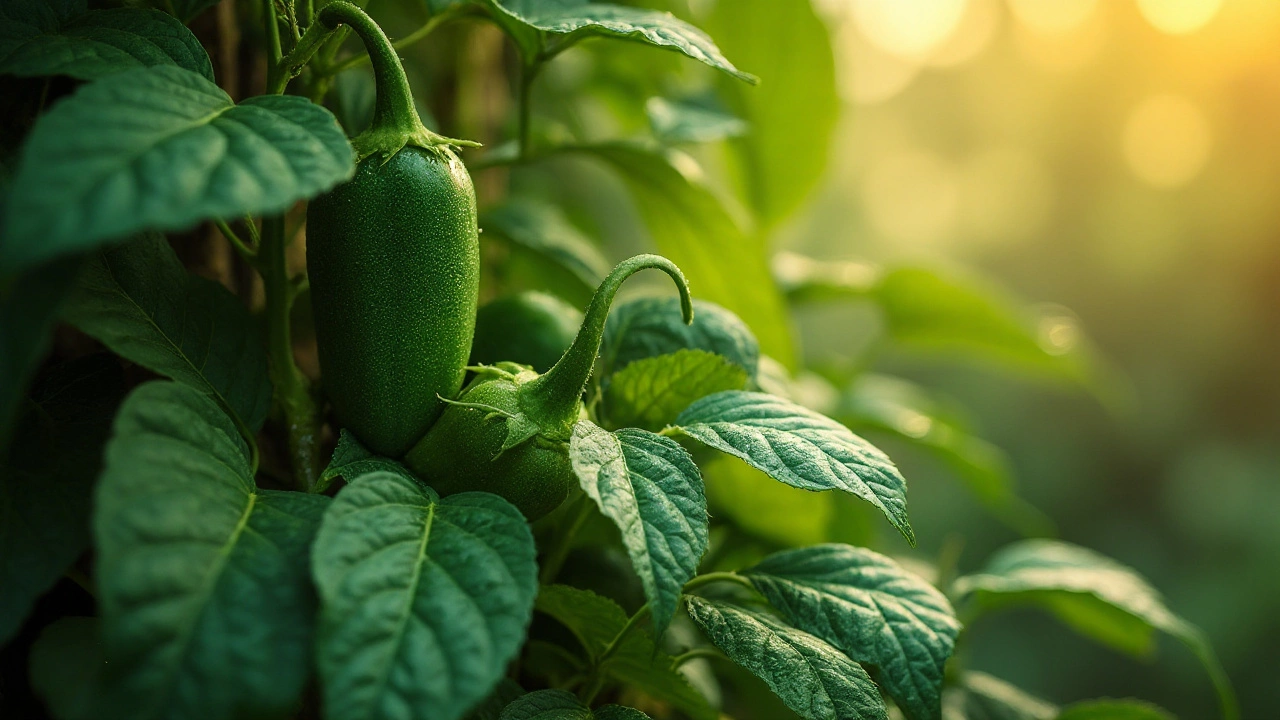
Planting Techniques and Considerations
Embarking on the journey of companion planting with peppers and cucumbers begins with understanding their compatibility and individual needs. While these two plants complement each other, providing mutual benefits, there are specific requirements to ensure both plants thrive. It starts with soil preparation. Both crops prefer well-draining, fertile soil rich in organic matter. Investing time in preparing the soil by mixing in well-rotted compost or a balanced organic fertilizer can lay the groundwork for a successful growing season.
When it comes to planting these vegetables, timing is everything. Peppers typically enjoy warmer temperatures and need to be planted after the last frost has passed. Cucumbers also appreciate warm growing conditions but have a slightly higher tolerance for cooler early spring temperatures. For gardeners in areas with fluctuating climates, starting peppers indoors can be a strategic move to get a head start. Once the threat of frost has diminished, these seedlings can be transplanted into the garden alongside directly sown cucumber seeds.
Sunshine plays a crucial role in the growth of both peppers and cucumbers. Ensuring that your garden plot is situated in an area that receives ample sunlight, ideally 6 to 8 hours daily, is vital. However, caution must be observed with the spacing of the plants. Peppers are upright growers, whereas cucumbers tend to sprawl unless trained to climb a trellis. By planting peppers with enough space, about 18 to 24 inches apart, they have the room needed to avoid competition for light and nutrients, minimizing issues like mold and rot.
The watering regimen also deserves attention. Peppers and cucumbers both prefer consistent moisture. However, their watering needs differ slightly. While cucumbers need more frequent watering to develop their fruit, peppers benefit from a slightly drier regime to encourage sturdier growth. Mulching around the base of both plants can help retain soil moisture and suppress weeds, which in turn reduces the competition for nutrients.
Citing an experienced gardener, "Always remember that companion planting is about understanding not just the science, but the rhythm of growth patterns these plants share." This insight underscores the intricate balance required to maximize their coexistence effectively.
Addressing pest management proactively is another admirable consideration. Planning your pest control before problems arise can save headaches later. Some gardeners advocate for incorporating pest-repelling plants like marigolds or herbs such as basil between the rows of peppers and cucumbers. While marigolds deter nematodes that might attack the roots, basil can attract beneficial insects that prey on aphids and whiteflies.
In regions with hot climates, the scorching summer sun might call for certain adjustments, like providing afternoon shade for the peppers to prevent sunscald, though cucumbers generally cope well with the heat. A thoughtful gardener might consider using shade cloth or planting strategically placed taller plants to diffuse the relentless midday rays.
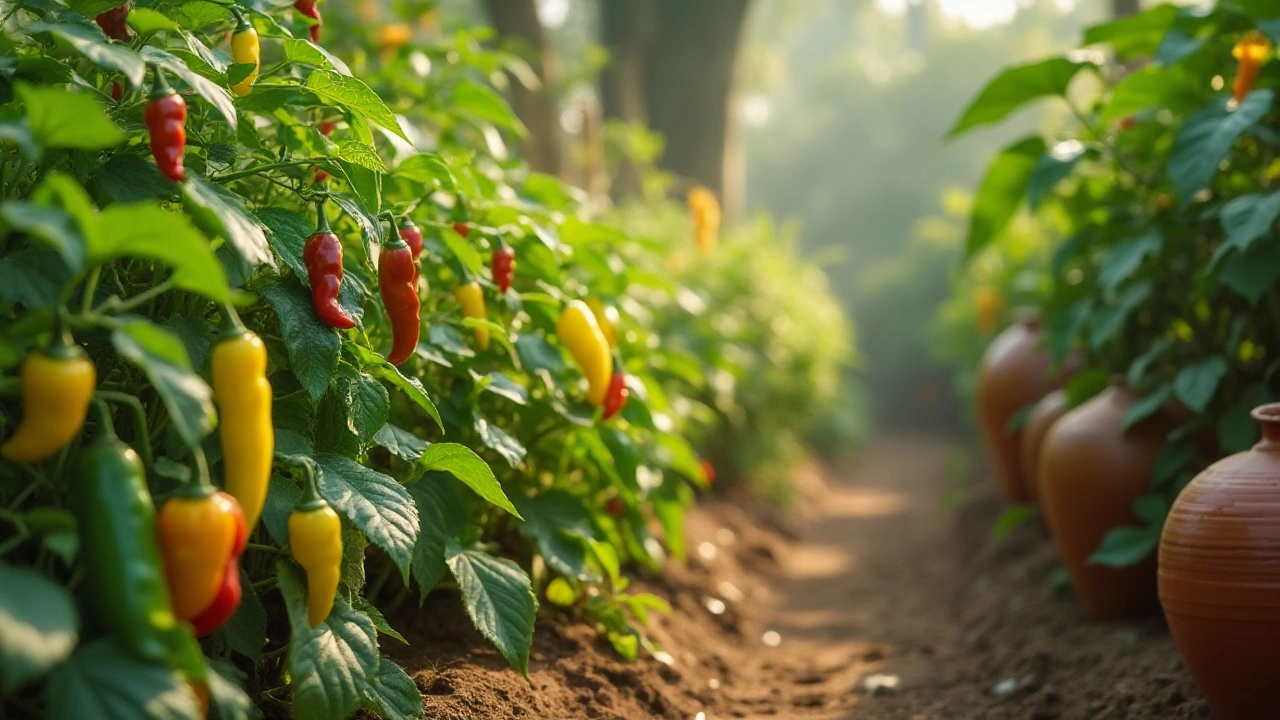
Common Challenges and Solutions
Growing peppers and cucumbers together prompts a few common gardening challenges, but fear not, as every problem has its solution. One of the primary hurdles is managing space and nutrients so that both plants have enough room to breathe and grow while still thriving off each other. Without this balance, you may find your cucumbers sprawling over your peppers or vice versa. To tackle this, focus on good garden organization. Plant cucumbers on trellises or supports so they can grow vertically, saving valuable ground space for your pepper plants to spread their leaves. This efficient use of vertical space not only keeps your plants happier but also simplifies pest control measures by making them more accessible.
Another typical issue is the potential for moisture imbalances. Cucumbers tend to require more water than peppers, and failing to balance these needs can lead to problems such as root rot or powdery mildew in peppers. A well-draining soil mixture is key here, combined with a smart irrigation system. Consider drip irrigation systems that can target the root zones of each plant specifically, preventing water from pooling around pepper plants while still meeting your cucumbers' thirst. Soil amendments, like a mixture of compost, can further help to ensure that both types of plants receive the nutrients they need without one overshadowing the other.
Pest invasions, like aphids or whiteflies, are a gardening nightmare, especially when planting companion planting pairs. Managing pests in such a shared ecosystem can be daunting; however, having a few tricks up your sleeve can save the day. Implementing natural pest deterrents like planting marigolds or other beneficial companion flowers can ward off the most common garden invaders. These blooms not only act as insect repellents but also beautify your garden. Additionally, periodic inspection and manual removal of pests can provide relief without harming plant health. In the words of famous horticulturist Liberty Hyde Bailey, "A garden requires patient labor and attention. Plants do not grow merely to satisfy ambitions or to fulfill good intentions."
We can't overlook the potential for nutrient deficiencies. Both plants have high demands, albeit slightly varied, so keeping your soil healthy is essential. Regular soil tests can inform you about nutrient levels and deficiencies, allowing you to adjust with the appropriate fertilizers. An emphasis on organic fertilization, through materials such as bone meal for phosphorus or blood meal for nitrogen, can keep both your peppers and cucumbers well-fed throughout the growing season. By taking a proactive approach to soil health, you ensure that companion planting continues smoothly even when surprise deficiencies might otherwise disrupt growth.
Finally, there's the challenge of resource competition. Peppers and cucumbers can jostle for sunlight, which is critical for photosynthesis. A savvy gardener addresses this by considering plant spacing and mature plant height. Arranging rows in a north-to-south orientation helps maximize sunlight exposure as the sun moves east to west throughout the day. Ensuring the taller cucumber trellises do not shade out the shorter pepper plants is imperative, promoting healthy foliage and fruit development. By understanding these challenges and implementing these solutions, you can create a thriving kitchen garden that benefits from these two popular veggies working in harmony.

Maximizing Garden Yield
As any gardener knows, the ultimate goal of nurturing any crop is to boost its yield. When it comes to pairing peppers and cucumbers, several strategies can be employed to ensure they both flourish together while maximizing the output. One primary approach to achieving a bountiful harvest is understanding the role of sunlight in each plant’s growth. Peppers, enjoying heat and light, require a sunny spot, whereas cucumbers, although they appreciate sun, can sometimes benefit from a partial shade during the intense midday heat. Thus, planting cucumbers strategically in spots where the peppers can offer a slight shade at times can help create an optimal environment for both.
Soil preparation cannot be underestimated, particularly with this combination. Peppers and cucumbers thrive in well-drained, nutrient-rich soil, so starting off by enriching your plot with organic compost can make all the difference. Compost not only introduces essential nutrients but also improves soil texture, aiding in better root growth for both types. Regular watering is another essential aspect, especially as cucumbers need consistently moist soil while peppers can be a bit more drought-tolerant. Mulching your garden can aid in retaining relative moisture levels suitably, which is wonderfully beneficial for both crops.
Interplanting Benefits
Interplanting also presents an opportunity to maximize your garden’s potential while keeping pests at bay. The inclusion of aromatic herbs such as basil or marigold nearby is an excellent option. These herbs naturally repel certain pests, reduce the need for chemical interventions, and even improve the flavor profiles of the peppers. The peppers themselves can protect cucumbers from common plant pests, such as aphids, which are less attracted to peppers. This interdependence is a natural pest deterrent and a sustainable gardening method that supports plant health and increases productivity.
"An enduring aspect of successful gardening is understanding the complex relationships plants share, not only with each other but also with the surrounding environment," says renowned horticulturist James Malcom.
It's essential to maintain consistent monitoring. Observing your plants can offer critical insights into their health and growth patterns. Monitoring allows you to catch early signs of any issues, like nutrient deficiencies or pest invasions, that could hinder your plants' yields. Regular inspections mean you can act quickly, making adjustments to water, shade, or implement organic pest control measures as necessary.
Using Vertical Space
Maximizing space usage by incorporating vertical growing strategies is a creative solution for smaller gardens. Cucumbers are naturally climbers, so introducing trellises or stakes gives them the vertical growth opportunity, reducing their ground footprint and leaving more horizontal space for peppers to spread. Utilizing this vertical method not only increases growth rates by improving air circulation and sunlight exposure but also simplifies harvesting, as mature cucumbers are more accessible when high off the ground.
The marriage between cucumbers and peppers in the home garden can, with thoughtful planning and care, lead to a fruitful, harmonious pairing. By leveraging their natural qualities and needs, and by implementing strategic planting and care, gardeners can achieve a bountiful harvest while delighting in the joys of garden biodiversity. There's magic in seeing a garden strive from the synergy of its residents, vividly depicting nature's wisdom in every growing season.
About
Gardener Support India is your go-to online destination for expert advice on gardening and horticultural services in India. Whether you're a beginner or an experienced gardener, our platform offers extensive resources, tips, and support tailored to Indian climates and plant species. Explore a wide range of guides on plant care, sustainable gardening practices, and innovative gardening solutions. Connect with local experts to enhance your gardening experience and maintain a flourishing garden. Our dedicated services aim to empower Indian gardeners with the knowledge and tools needed for a successful gardening journey.
Latest Posts
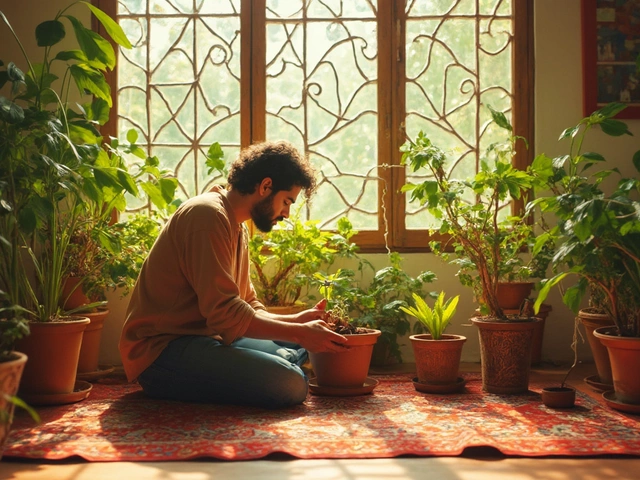
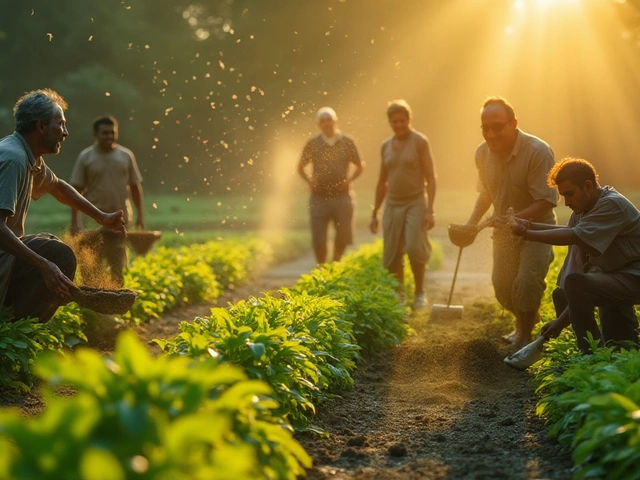
Quick and Effective Ways to Boost Soil Nitrogen Levels
By Alden Thorne Dec 7, 2024
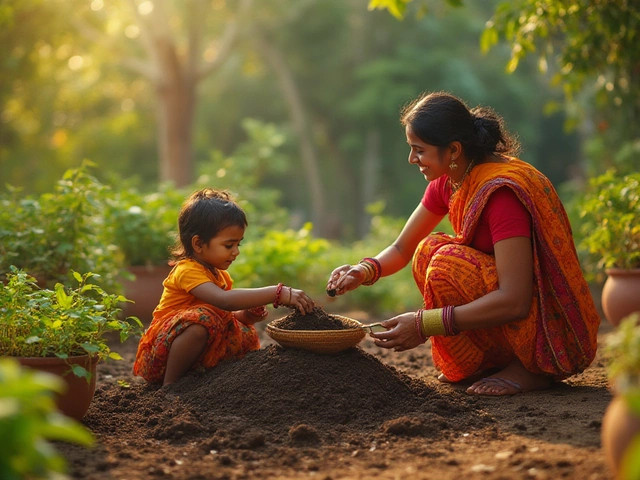
How to Loosen Heavy Garden Soil: Simple Additives for Better Texture
By Alden Thorne Jul 30, 2025
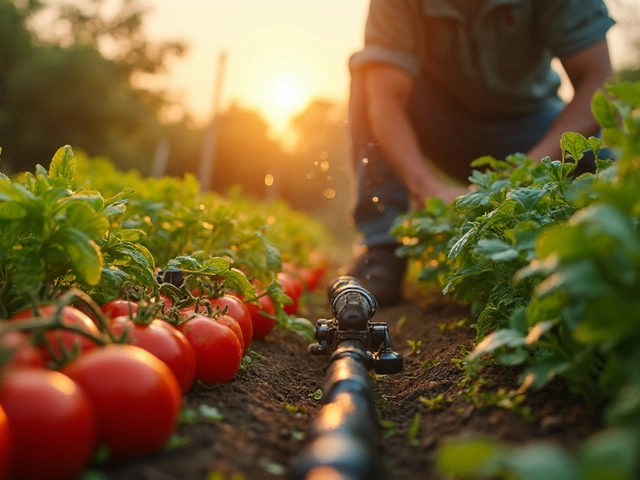
Drip Irrigation System Life Expectancy: What to Really Expect
By Alden Thorne Jun 19, 2025
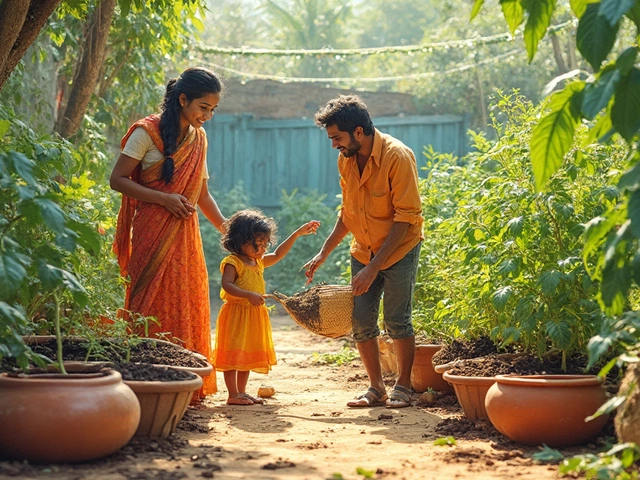
Write a comment